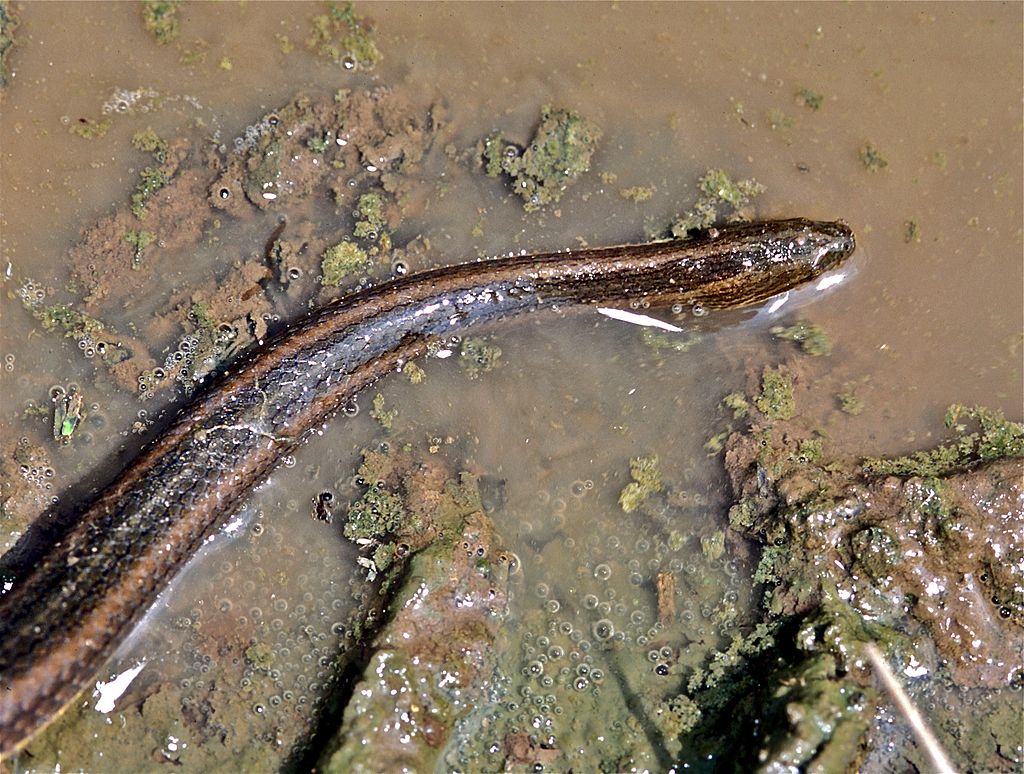In the intricate tapestry of nature’s survival strategies, certain adaptations stand out as particularly ingenious. Among these remarkable evolutionary developments is the hunting technique of the tentacled snake (Erpeton tentaculatum), a specialized aquatic predator that has mastered the art of deception. This unique reptile has evolved to mimic the movement of water currents, creating an almost perfect camouflage that renders it virtually invisible to its prey. Unlike many predators that rely on speed or strength, the tentacled snake exemplifies how patient strategy and environmental mimicry can be equally effective hunting tools. This fascinating creature offers us a glimpse into the complex relationships between predator and prey in aquatic ecosystems and demonstrates the remarkable adaptations that can evolve through natural selection.
The Tentacled Snake: Master of Aquatic Deception
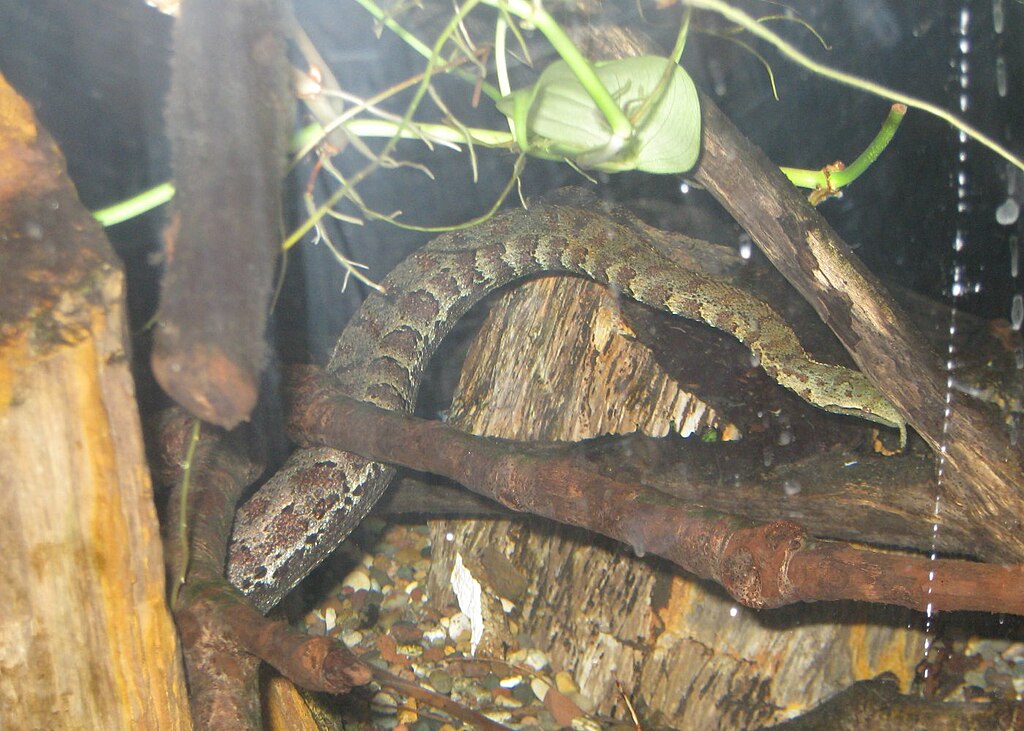
The tentacled snake (Erpeton tentaculatum) is the primary species known for its remarkable ability to mimic water movements as a hunting strategy. Endemic to the freshwater systems of Southeast Asia, particularly Thailand, Cambodia, and Vietnam, this unique reptile has evolved specialized traits specifically for aquatic living. Unlike most snakes that occasionally venture into water, the tentacled snake spends its entire life submerged, rarely if ever emerging onto land. Its most distinctive feature—the tentacles that give it its name—are sensory appendages extending from the front of its head that help detect prey movement in murky waters. These adaptations, combined with its specialized hunting technique, make the tentacled snake one of the most fascinating examples of evolutionary specialization in reptiles.
Anatomical Adaptations for Aquatic Mimicry
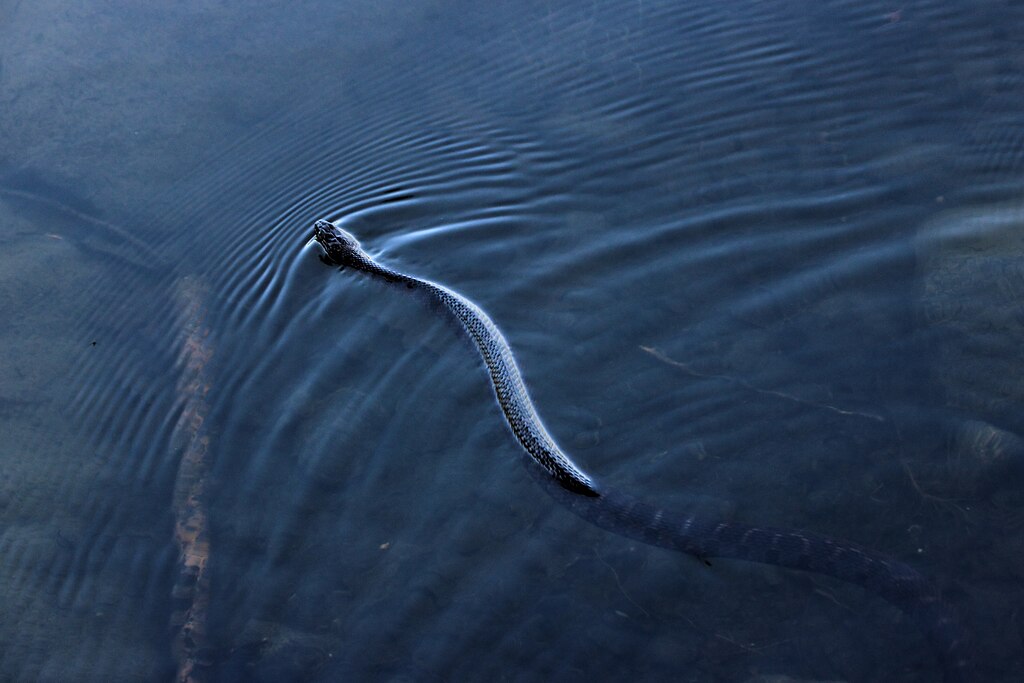
The tentacled snake’s body is perfectly designed for its aquatic lifestyle and unique hunting strategy. Its flattened tail serves as an effective rudder, allowing for precise control during hunting maneuvers, while its body coloration typically appears in mottled brown and tan patterns that blend seamlessly with underwater vegetation and substrate. The snake’s most distinctive features—the pair of short, scaly tentacles protruding from its snout—contain numerous sensory receptors that can detect minute water movements produced by potential prey. Perhaps most remarkable is the snake’s specialized respiratory system, which includes enlarged lungs extending almost the entire length of its body, allowing it to remain submerged for extended periods without surfacing for air. This combination of adaptations creates a perfectly equipped predator specifically designed for its unique hunting strategy.
The Science Behind Water Movement Mimicry
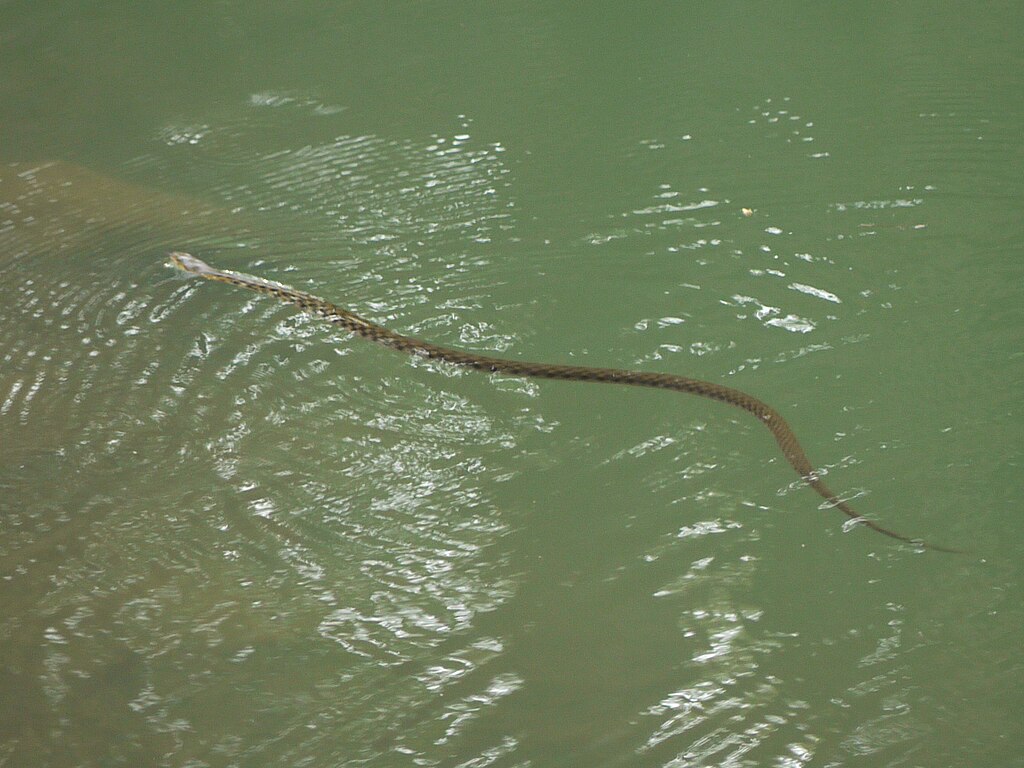
The tentacled snake’s water mimicry involves a sophisticated understanding of fluid dynamics, whether through evolution or instinct. When hunting, the snake positions its body in a distinctive J-shape that helps create an optimal striking position while minimizing its visual profile. Rather than moving randomly, the snake subtly adjusts its body to mimic the natural movement patterns of water, such as the gentle swaying motion caused by current or the drift of aquatic vegetation. Research by Dr. Kenneth Catania of Vanderbilt University has revealed that these movements are not random but precisely calibrated to avoid creating pressure waves that might alert potential prey. By moving with the same frequency and amplitude as the surrounding water movements, the snake effectively “disappears” into the background noise of the aquatic environment, becoming nearly impossible for prey to detect through visual or pressure-sensitive means.
Hunting Strategy: A Motionless Ambush

The tentacled snake employs one of nature’s most patient and strategic hunting methods. Rather than actively pursuing prey, it may remain perfectly still in its J-shaped position for hours or even days, waiting for the perfect moment to strike. This remarkable stillness is punctuated only by almost imperceptible movements that match the surrounding water flow. When fish or other prey swim near, the snake does not immediately lunge forward as most predators would. Instead, it uses a counterintuitive strategy—it creates a subtle movement away from the prey, triggering the prey’s escape response in a predictable direction. This calculated movement exploits the prey’s innate escape behavior, effectively causing the prey to swim directly into the snake’s striking range. The entire attack sequence happens in less than 20 milliseconds, making it one of the fastest predatory strikes in the animal kingdom.
Predicting Prey Response: A Remarkable Cognitive Feat
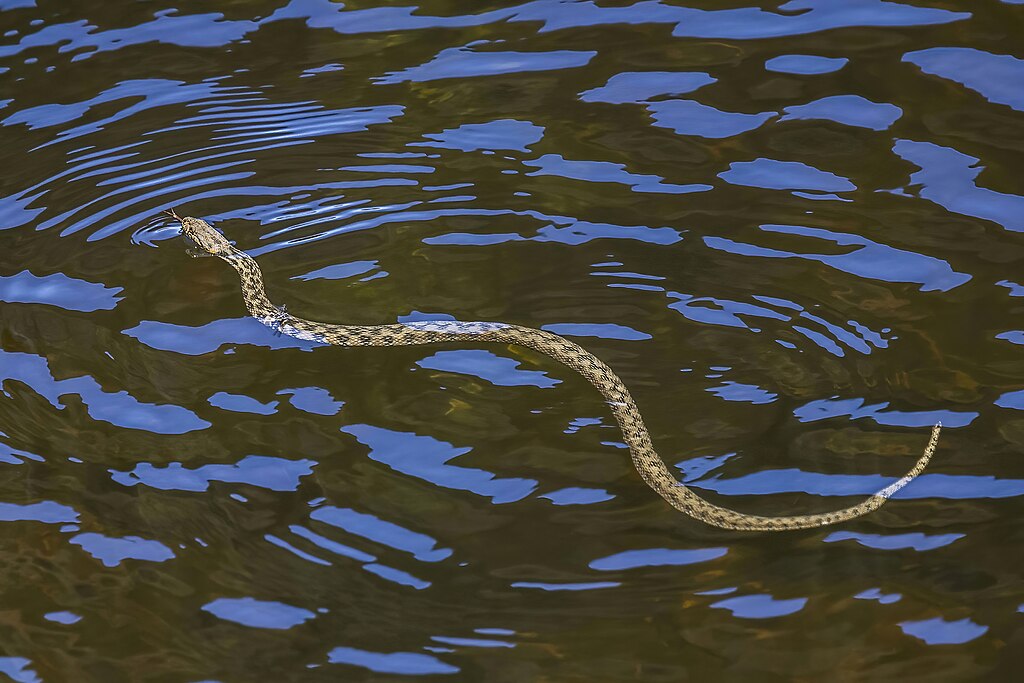
What makes the tentacled snake’s hunting strategy truly exceptional is its ability to predict prey behavior with astonishing accuracy. Scientific studies have shown that the snake doesn’t aim for where the fish is, but rather where it will be after initiating its escape response. This predictive striking represents a remarkable example of what scientists call “predictive motor control,” typically associated with higher cognitive functions. The snake has essentially evolved to exploit the C-start response—a well-documented escape mechanism in fish where the body forms a C-shape before darting away from danger. By creating a slight body movement that triggers this predictive response, the snake effectively “tricks” the fish into swimming directly into its strike path. High-speed video analysis reveals that the snake begins its strike before the fish even starts to move, demonstrating that this behavior is anticipatory rather than reactive.
Specialized Diet and Feeding Habits
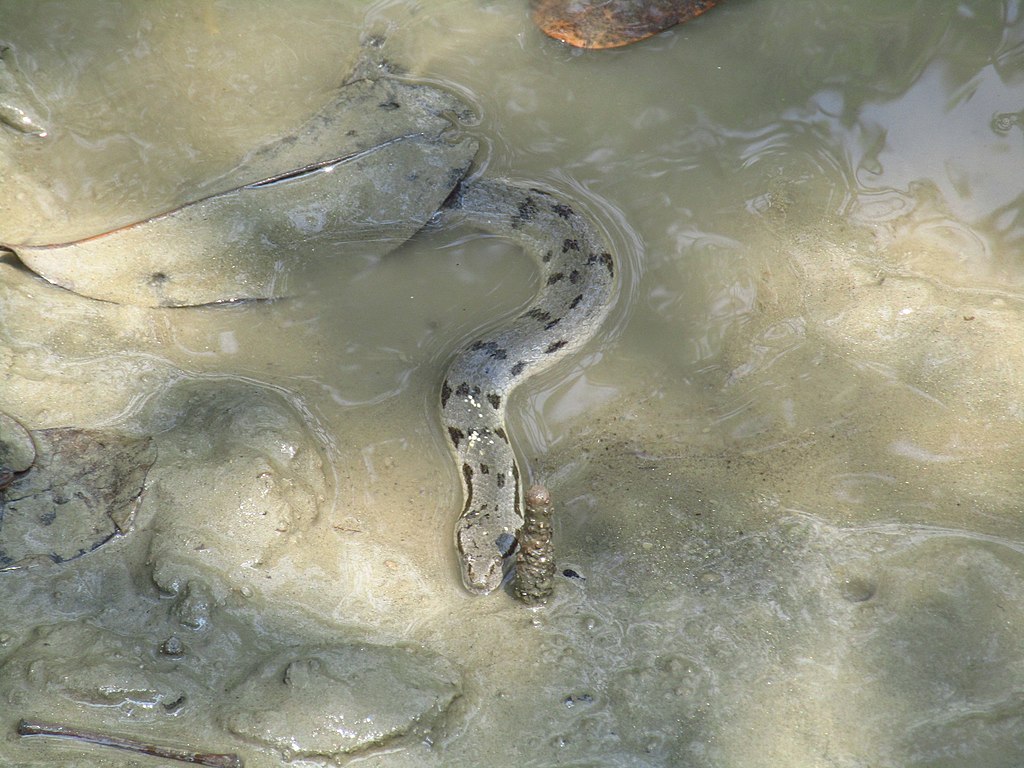
The tentacled snake’s diet is specialized to match its unique hunting strategy and aquatic lifestyle. It feeds almost exclusively on small to medium-sized fish, which are abundant in the freshwater habitats it occupies throughout Southeast Asia. Unlike many snake species that can consume prey much larger than their head diameter, the tentacled snake typically targets fish proportionate to its mouth size, allowing for quick consumption without extended vulnerability periods. After capturing prey with its lightning-fast strike, the snake immediately begins the swallowing process, using its recurved teeth to hold the fish while manipulating it into position. Interestingly, studies have documented that the snake shows preference for certain fish species, particularly those with more predictable escape behaviors that align with its anticipatory hunting strategy. This dietary specialization further demonstrates how completely the tentacled snake has evolved to exploit its specific ecological niche.
Evolutionary Development of Water Mimicry
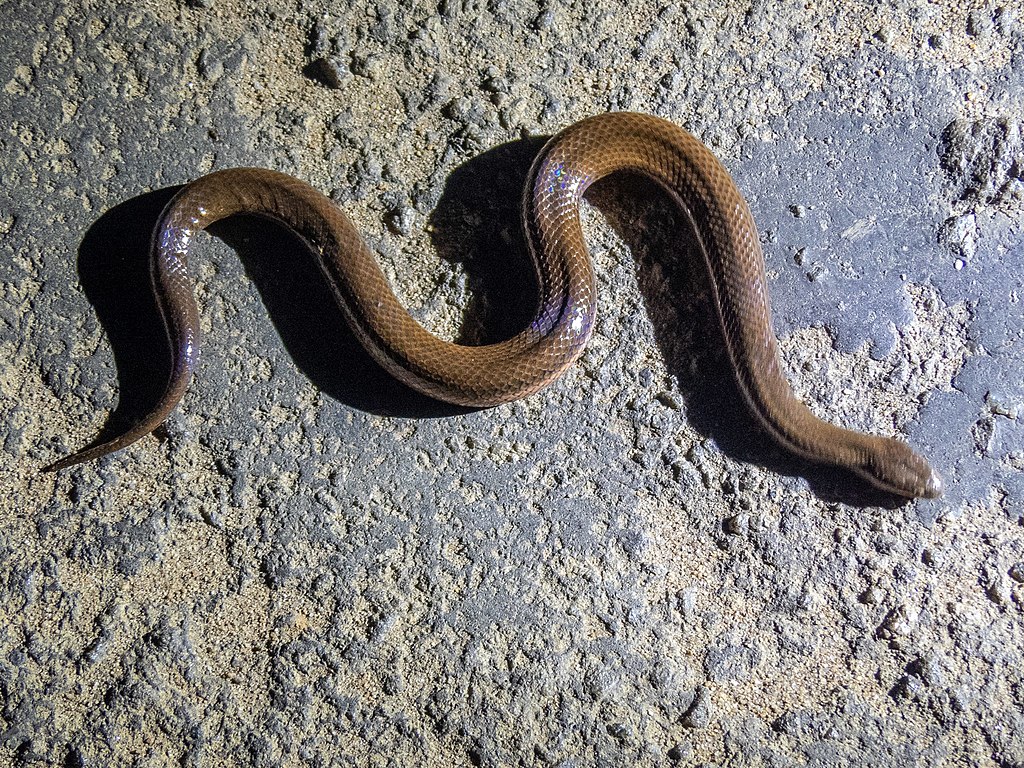
The evolution of the tentacled snake’s water mimicry represents a fascinating example of convergent evolution and specialized adaptation. Scientists believe this unique hunting strategy developed over millions of years as the snake’s ancestors became increasingly aquatic, facing selection pressures that favored individuals who could effectively capture fish prey. Unlike terrestrial snakes that evolved striking speed for hunting, the underwater environment favored the development of deception and prediction. The tentacled snake’s ancestors likely began with simple ambush tactics that gradually became more sophisticated as those with better prediction abilities and water-mimicking movements had higher hunting success. Comparative studies with related snake species suggest that the tentacle structures evolved as specialized sensory organs that enhanced the snake’s ability to detect minute water movements, providing crucial feedback for its mimicry behaviors. This evolutionary journey illustrates how specific environmental challenges can drive the development of highly specialized adaptations.
Habitat and Distribution
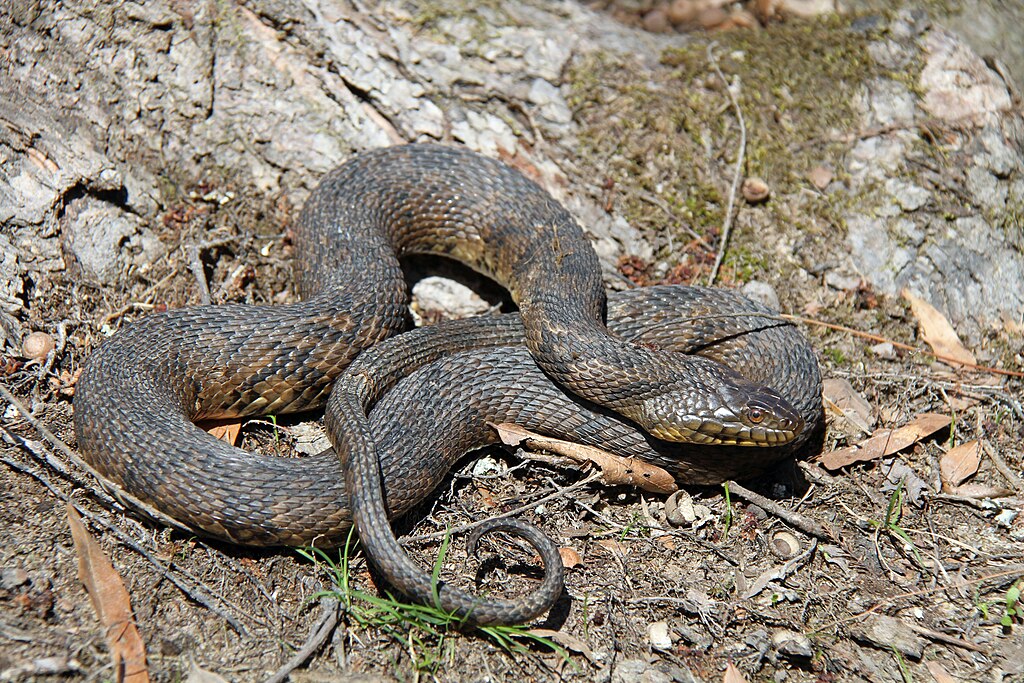
The tentacled snake inhabits specific freshwater ecosystems throughout Southeast Asia, with populations documented in Thailand, Cambodia, Vietnam, and parts of Malaysia. These snakes show a strong preference for slow-moving or stagnant water bodies including rice paddies, marshes, swamps, and sluggish streams, where visibility is typically limited by vegetation and sediment. Within these habitats, they favor areas with abundant submerged vegetation, fallen branches, or root systems that provide both anchor points for their ambush positions and cover from potential predators. Interestingly, tentacled snakes have shown remarkable adaptability to human-altered landscapes, with healthy populations often found in agricultural irrigation systems, particularly rice paddies, which provide ideal hunting conditions with their shallow, vegetation-rich waters and abundant fish populations. This adaptability may explain why the species has maintained stable populations despite significant habitat alteration throughout its range.
Reproductive Biology and Life Cycle
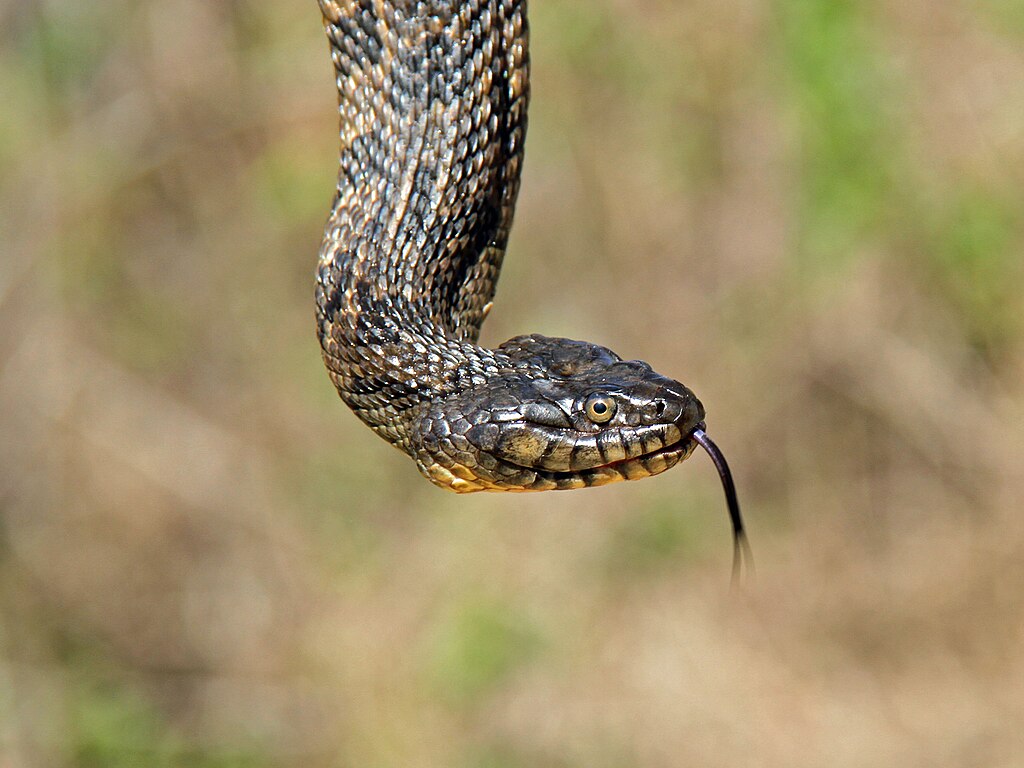
The reproductive biology of the tentacled snake reflects its fully aquatic lifestyle, with adaptations that eliminate any need to leave the water. Unlike most snakes that lay eggs on land, the tentacled snake is ovoviviparous, meaning females retain eggs inside their bodies until the young are fully developed and ready for birth. This adaptation eliminates vulnerability on land and allows young snakes to be born directly into their aquatic environment. Females typically produce 5-15 live young per breeding cycle, with each newborn snake already possessing the specialized anatomy and instinctive hunting behaviors needed for survival. Perhaps most remarkably, research has shown that juvenile tentacled snakes display the complex water-mimicking and predictive striking behaviors from birth, suggesting these sophisticated hunting techniques are innate rather than learned. The young snakes are immediately independent, dispersing to find suitable hunting territories within their aquatic habitat.
Conservation Status and Challenges
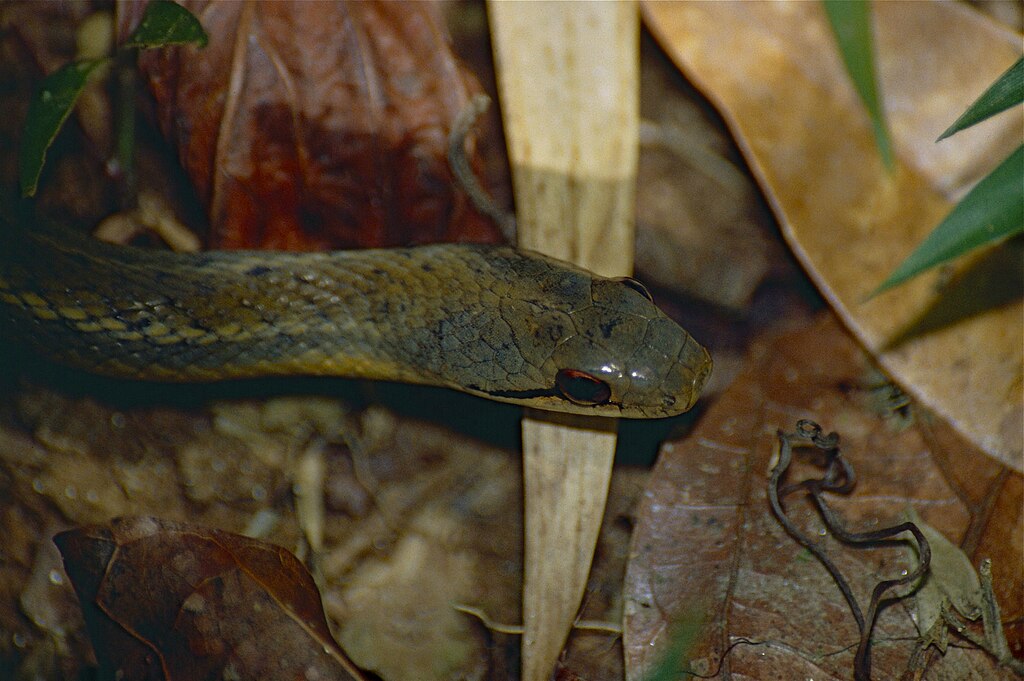
The tentacled snake currently maintains a conservation status of “Least Concern” according to the International Union for Conservation of Nature (IUCN), though this classification may underrepresent localized threats facing specific populations. While their ability to adapt to human-altered environments like rice paddies has helped maintain stable populations, the species faces increasing pressure from habitat degradation, water pollution from agricultural chemicals, and wetland drainage for development. In some regions, tentacled snakes are collected for the exotic pet trade, though their specialized care requirements and strictly aquatic lifestyle make them challenging to maintain in captivity. Climate change presents another potential threat, as changing precipitation patterns may alter the hydrology of the shallow freshwater systems these specialized reptiles depend upon. Conservation efforts currently focus on habitat protection and water quality management within the snake’s natural range.
Scientific Research and New Discoveries

The tentacled snake has become an important subject for scientific research across multiple disciplines, from neurobiology to biomechanics. Dr. Kenneth Catania’s groundbreaking studies at Vanderbilt University have used high-speed video analysis to document the snake’s anticipatory striking behavior, revealing that it begins its attack before the prey actually moves. This research has implications for understanding neural processing speeds and predictive motor control across different animal groups. Other researchers have investigated the snake’s specialized sensory system, particularly the tentacle structures, revealing dense concentrations of mechano-receptors that can detect minute water pressure changes. Biomechanical studies are examining how the snake’s body positioning creates minimal pressure waves during hunting, potentially leading to applications in underwater robotics and stealth technology. Recent genetic research is also exploring the evolutionary relationship between tentacled snakes and other aquatic reptiles, helping scientists understand how such specialized adaptations develop.
Other Examples of Water Movement Mimicry in Nature
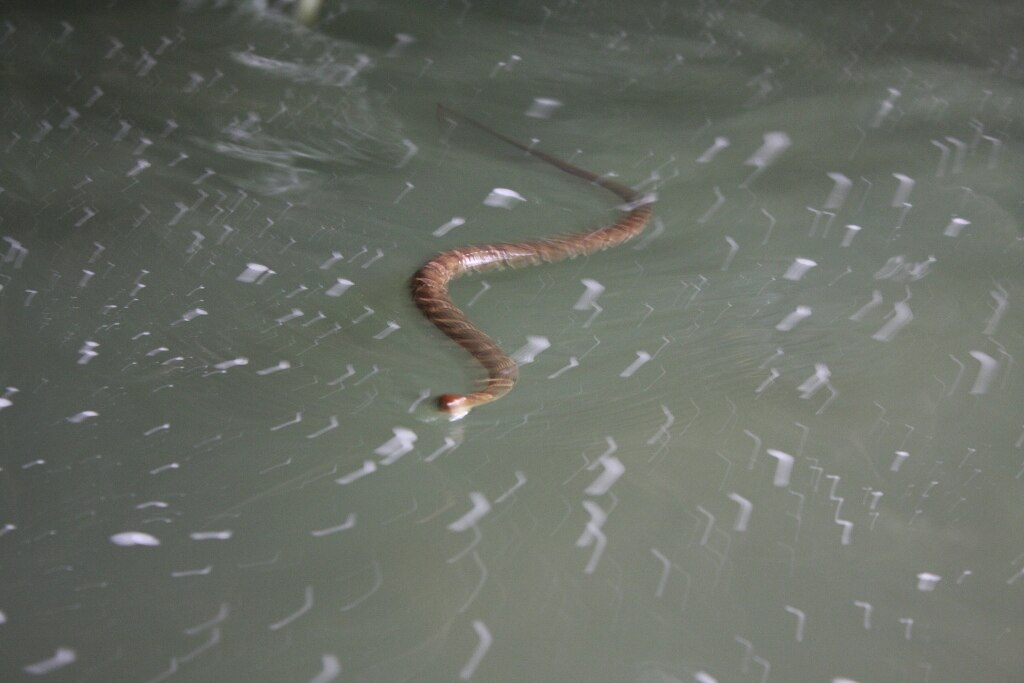
While the tentacled snake represents perhaps the most specialized example of water movement mimicry, this adaptation appears in various forms across other aquatic species. The leafy seadragon (Phycodurus eques) of southern Australian waters has evolved elaborate leaf-shaped appendages that sway with ocean currents, making it nearly indistinguishable from the seaweed in its habitat. Similarly, the ghost pipefish (Solenostomus) mimics floating vegetation or coral fragments, adjusting its body position to match the movement patterns of surrounding water. Among invertebrates, certain nudibranch species have developed flattened, rippling body margins that match the wave patterns of their coral reef habitats. Even some freshwater predators like the alligator snapping turtle use a specialized tongue appendage that wriggles like a worm in the water current to attract fish. These diverse examples demonstrate how water movement mimicry has independently evolved multiple times across different animal groups, highlighting its effectiveness as a survival strategy in aquatic environments.
Captive Husbandry and Observation Opportunities
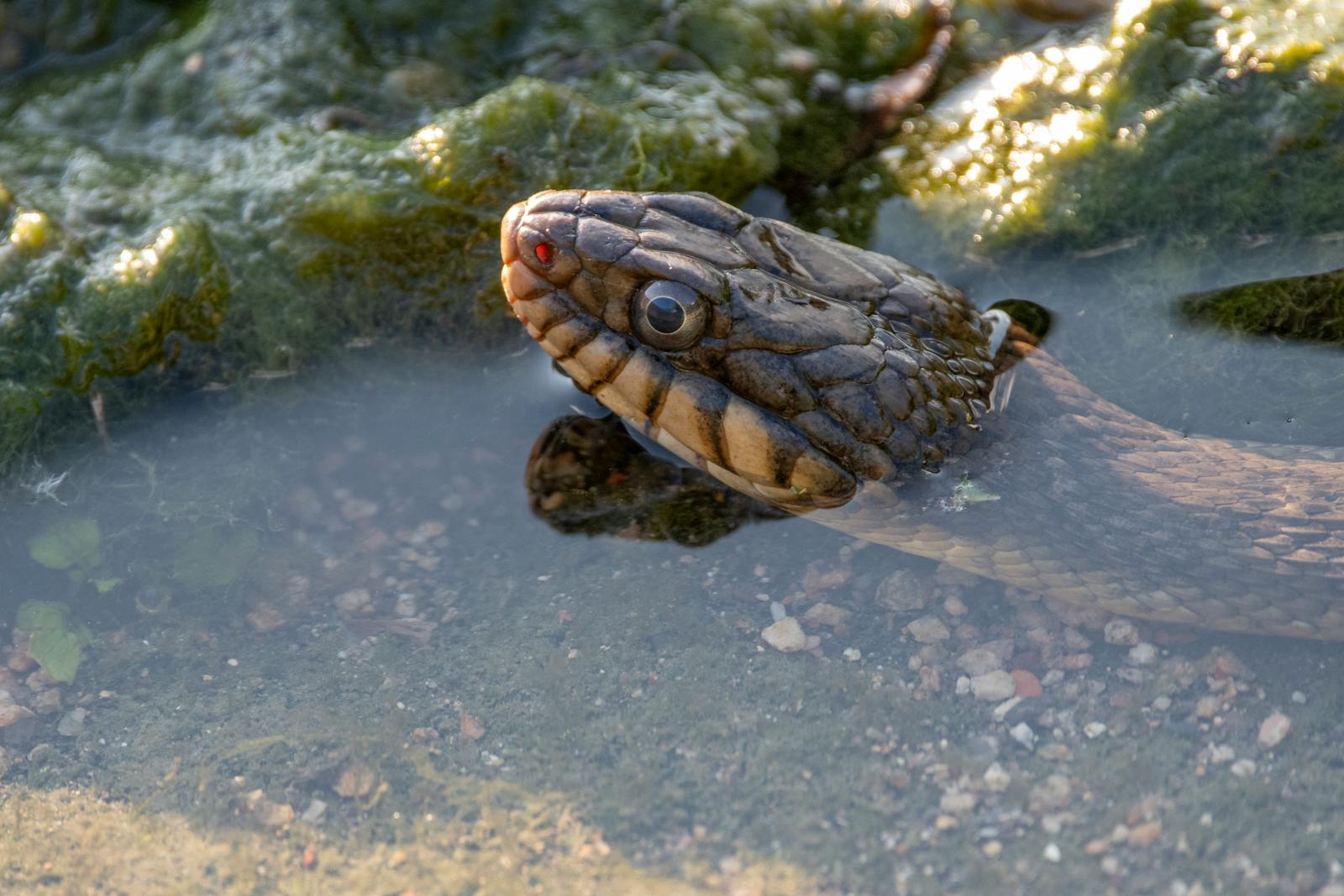
For those interested in observing the tentacled snake’s remarkable hunting behavior, specialized aquariums and zoological institutions offer the best opportunities. Facilities like the Tennessee Aquarium, Singapore Zoo, and Thailand’s Khao Kheow Open Zoo maintain specialized exhibits designed to showcase these unique reptiles in settings that mimic their natural habitat. These captive environments typically feature shallow water with appropriate vegetation and carefully selected prey species that trigger the snake’s natural hunting responses. For researchers and serious enthusiasts, several major university collections maintain specimens for scientific study, though access is generally limited to those with academic or conservation purposes. When maintained in appropriate conditions with stable water parameters, proper vegetation for anchoring, and suitable prey items, tentacled snakes have successfully reproduced in captivity, providing valuable opportunities to study their development and behavior from birth. However, experts emphasize that these highly specialized animals are not appropriate pets for typical hobbyists due to their specific water quality requirements and specialized feeding needs.
Conclusion
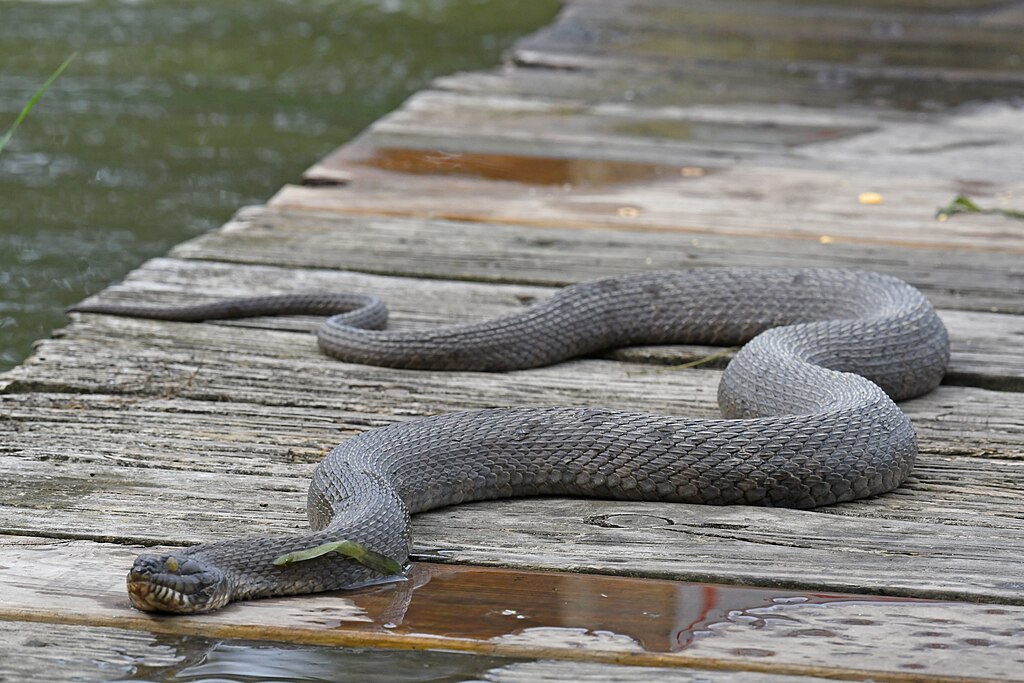
The tentacled snake represents one of nature’s most remarkable examples of specialized predatory adaptation. Through its extraordinary ability to mimic water movements and predict prey behavior, this unassuming reptile has carved out a successful niche in the freshwater ecosystems of Southeast Asia. Its hunting strategy—combining perfect stillness, water mimicry, and anticipatory striking—demonstrates that evolutionary success doesn’t always favor the strongest or fastest, but often the most specialized and strategic. As we continue to study these remarkable creatures, they offer valuable insights into sensory biology, predator-prey relationships, and the evolutionary processes that produce such specialized adaptations. The tentacled snake stands as a testament to the incredible diversity of survival strategies that have evolved in our planet’s waterways, reminding us that even in well-explored ecosystems, nature’s ingenuity continues to surprise and inspire.

